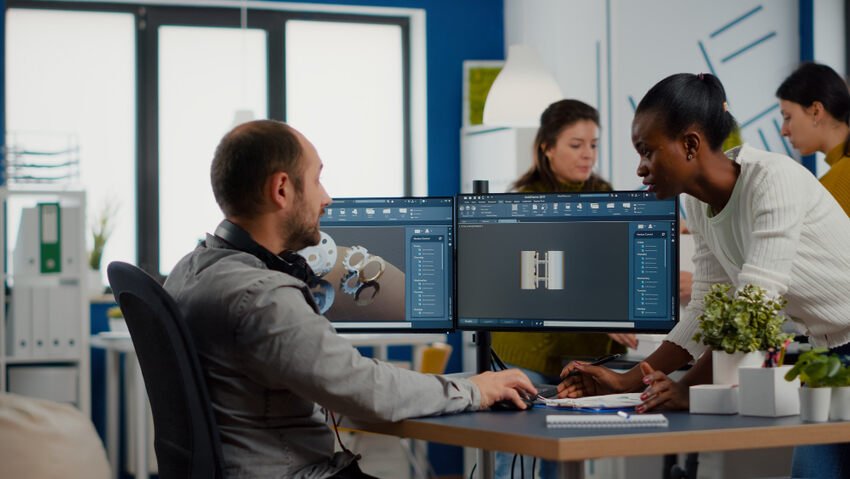With the cooler months just around the corner and employees firmly back in their office chairs, the inevitable heating wars are set to begin again. There is no ‘one size fits all’ when it comes to the optimal office temperature, however previous studies have found that the exact temperature needed to maximize creativity and productivity should be 21c, any more or any less will see employees productivity decrease.
We spoke to Dan Nezhard, director at UK Radiators who has shared some of his expert advice on how to solve the office heating debate and keep everyone happy, comfortable and as productive as possible.
1. Ensure radiators are evenly distributed
In offices that only have one large radiator, fights over the heating are likely to be far more common. The problem with a single radiator is that it leads to uneven heat distribution, with one side of the room having to be really hot in order to get the opposite side to warm up. In turn, the people sitting on the side of the room with the radiator get too hot, which tends to lead to them turning the heating down at the thermostat, or turning the radiator down using the TRV. Whilst doing this means the temperature drops to something more comfortable for them, it leaves the other side of the room too cold, so they are likely to crank the heating up at the thermostat to an insane level and will turn the TRV back to full, this then leads to the entire room overheating and the environment becoming totally unbearable, and the cycle goes on.
Interestingly, people tend to think if you set the stat to a higher temperature, the room will heat up faster. However, this isn’t the case, doing so will just heat for longer and go higher than what would actually be the desired temperature. and will turn the TRV back to full, this then leads to the entire room overheating and the environment becoming totally unbearable, and the cycle goes on.
The solution to this problem is to ensure there are multiple radiators evenly distributed around the room. You can then set the room stat to an optimal temperature – generally accepted to be 21 degrees – and thus you will achieve a consistent temperature throughout the room. This way will also avoid the unnecessary strain on your boiler from it constantly having to heat a cold room up to an overheated state.
2. Implement zone controls
An additional nice-to-have for larger offices with separate working spaces are zone controls. Meaning you would have separate room stats for each zone/room, allowing you to control the heat to desired levels in each area. For example, if you have a break room that is shared by office-based workers and warehouse or more physical workers, the shared break room might be too warm for the warehouse guys if the room is set to the same temperature as the office space where people are generally sat down and not moving. Another way you can achieve different temperatures in different spaces is with the use of TRVs, however, with this you have slightly less control.
3. Provide staff with things they might need
Despite your best efforts in creating a temperature that is comfortable, you cannot please everyone and it is likely there will still be at least one person who is still either too hot or too cold. Providing your staff with desk fans or branded jumpers is a great way to keep everyone happy. Not only will this prepare them for temperatures they might deem uncomfortable, but it will also show them that you care about their comfort within the workplace.
4. Let your employees have a say
Keeping your employees happy is key to ensuring the best levels of productivity, so taking their thoughts and opinions into consideration is a great way to make them feel heard and validated. The temperature of the office certainly divides opinions, but by allowing your employees to share with you what temperature they feel most comfortable working in, you can look to achieve an average temperature based on their responses. Having had a say, and knowing you have taken all of their preferences into consideration, your employees are likely to respect this and thus, leave the temperature controls alone.
Read Dive is a leading technology blog focusing on different domains like Blockchain, AI, Chatbot, Fintech, Health Tech, Software Development and Testing. For guest blogging, please feel free to contact at readdive@gmail.com.





